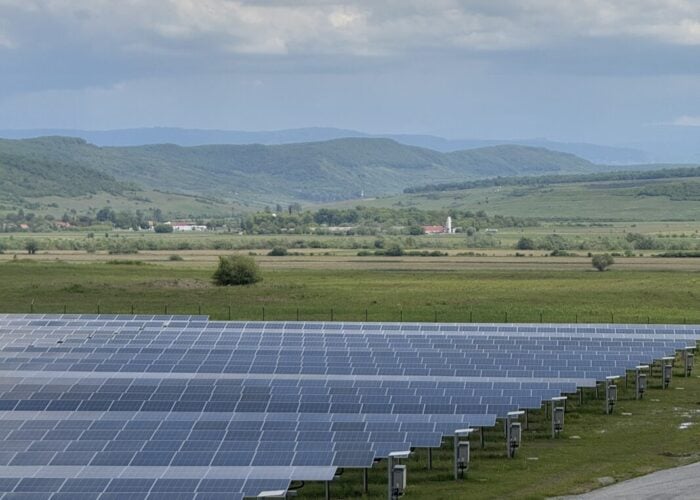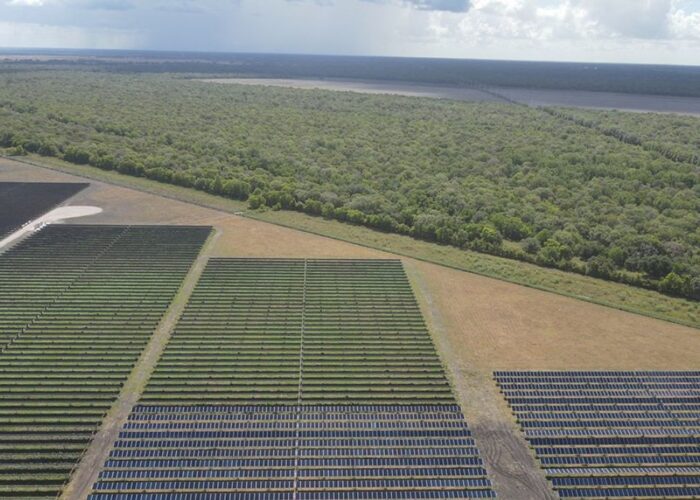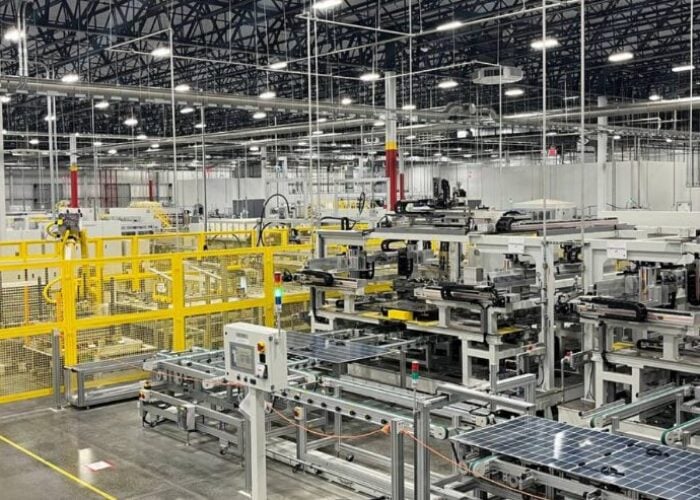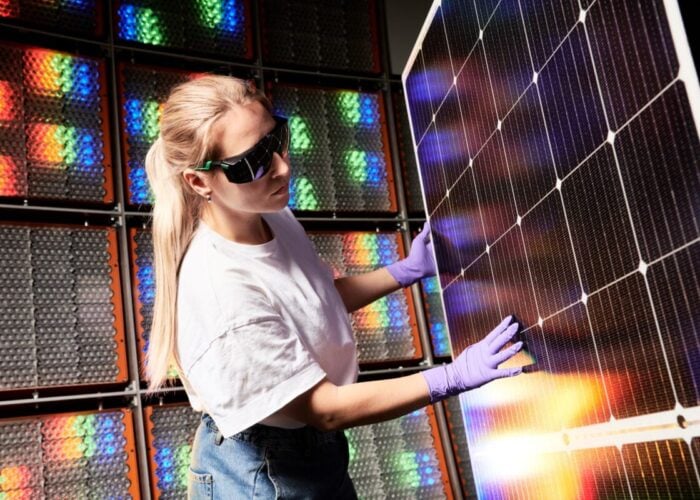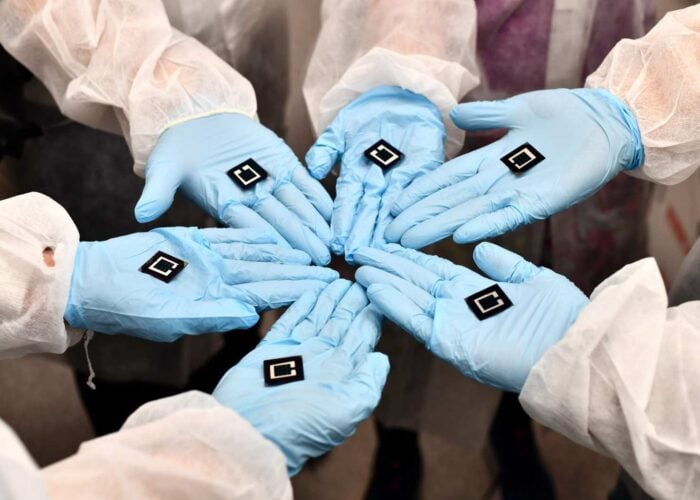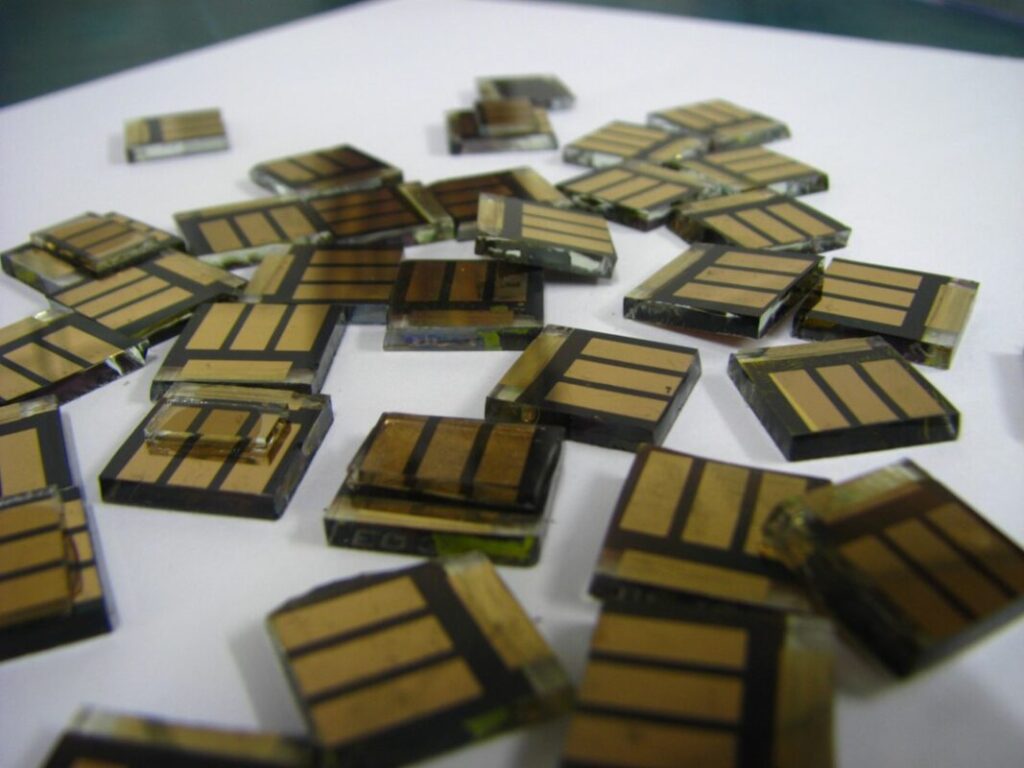
Researchers from the Chung-Ang University in Korea have revealed a way to enhance the efficiency of perovskite solar cells using 4-phenylthiosemicarbazide (4PTSC) .
Using 4PTSC as an additive could enhance the performance and durability of tin halide perovskite (Sn-HP)-based solar cells by controlling the crystal formation, passivating defects and protecting the material from oxidation and moisture.
Try Premium for just $1
- Full premium access for the first month at only $1
- Converts to an annual rate after 30 days unless cancelled
- Cancel anytime during the trial period
Premium Benefits
- Expert industry analysis and interviews
- Digital access to PV Tech Power journal
- Exclusive event discounts
Or get the full Premium subscription right away
Or continue reading this article for free
Although less toxic than lead-based perovskite solar cells, Sn-HP perovskite solar cells still face several challenges before being able to be used on a commercial scale. The Korean researchers highlight the “rapid and disordered crystallisation” during production, which leads to the formation of defects in the crystal structure of the perovskite layer and hampers conversion efficiency.
Other challenges include the cells’ low stability and high sensitivity to moisture and ambient conditions, which could limit the lifetime of Sn-HP perovskite solar cells.
The study was recently published in Advanced Energy Materials and was led by Associate Professor Dong-Won Kang from Chung-Ang University.
“The 4PTSC-modified devices achieved a peak efficiency of 12.22% with an enhanced open-circuit voltage of 0.94 V and exhibited superior long-term stability, retaining almost 100% of the initial power conversion efficiency, even after 500h and about 80% after 1,200 hours in ambient conditions without any encapsulation. This is different from the marked degradation observed in control devices within the first 300 hours,” said Kang.
Another study, funded by the US Department of Energy, recently found that the use of a hybrid polymer material in perovskite solar cells could limit the effects of weather-based degradation on the cells and help ensure high conversion efficiency over an extended period of time.
Tandem perovskite solar cells
Another promising use of perovskite technology is in tandem with other technology. Last month, several cell efficiency records were broken by Chinese solar PV manufacturer LONGi and perovskite solar cell researcher Oxford PV at Intersolar 2024, in Munich, Germany.
In the case of LONGi, it achieved a 30.1% conversion efficiency on a commercial M6 size wafer-level silicon-perovskite tandem solar cell. The record conversion efficiency was certified by German research organisation the Fraunhofer Institute for Solar Energy Systems (Fraunhofer ISE). Meanwhile, Oxford PV unveiled a new perovskite-silicon tandem module in conjunction with German module producer Sunmaxx, with a conversion efficiency of 26.6%, while announcing a 26.9% conversion efficiency for a separate tandem module.
Earlier today, PV Tech Premium published an interview with Oxford PV’s CEO, David Ward, regarding perovskite technology and the issue of degradation.

